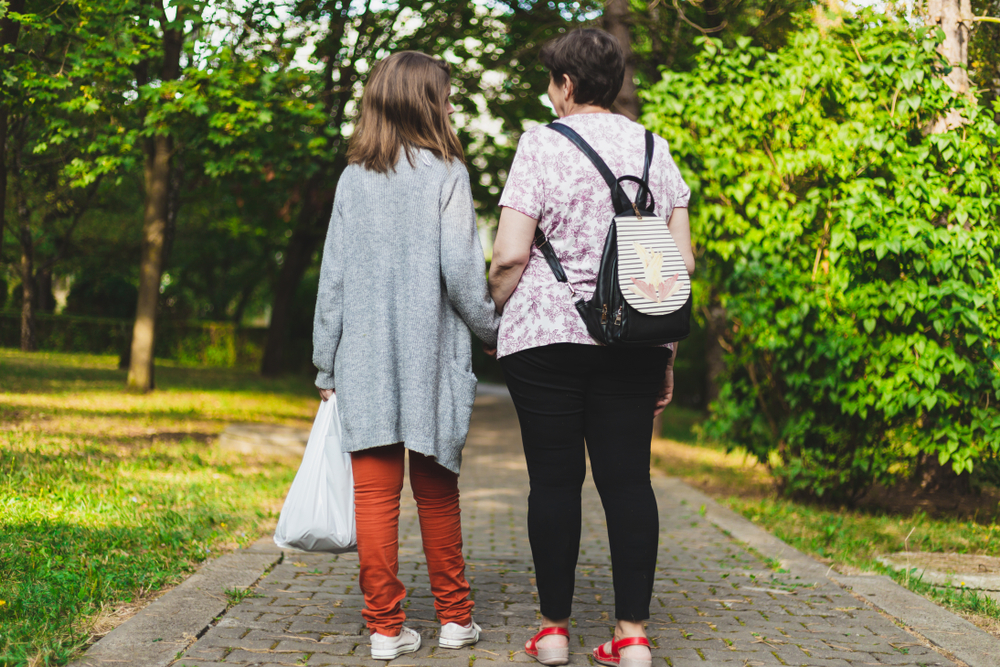Starting in late February, a disaster felt imminent, but it was difficult to discern exactly what type of disaster it might be. Hand sanitizer and bleach wipes were sold out on Amazon, implying some kind of countrywide mass-cleaning spree. On the Los Angeles subway, dozens of people wore the masks people wear to protect themselves from wildfire smoke, except there was no fire—it was the wrong time of year. In the pharmacy department at my local Target, hardly any other types of medications were touched, but the shelves that usually held cold and flu medicine looked as if they’d been vaporized.
When asked at a February 26 press conference about the perceived threat of Covid-19, the illness caused by the novel coronavirus currently spreading across the globe, the Centers for Disease Control and Prevention’s head of immunization and respiratory disease Dr. Nancy Messonnier relayed what she’d told her children that morning: “While I didn’t think they were at risk right now, we as a family ought to be preparing for significant disruption to our lives.”
Quarantine. Isolation. Social distancing. The recommendations sound scary. But after spending the past year preparing my own young children for a major earthquake that’s 93 percent certain to strike my city in the next three decades, what I know to be true is that preparing your home for disaster doesn’t mean shutting yourself in—it means reaching out.
Even before this coronavirus was declared a pandemic, the disruption had already begun. Financial markets had their worst week since the 2008 financial crisis. Major public events were postponed or canceled. Corporations issued travel restrictions. In China, where private cars were banned from entire cities and families were quarantined for up to a month, the economic impact was demonstrated by a 25 percent drop in carbon emissionsand a virtual elimination of air pollution in recent weeks.
To read the rest of this article, click here.
Originally published on Curbed.com


